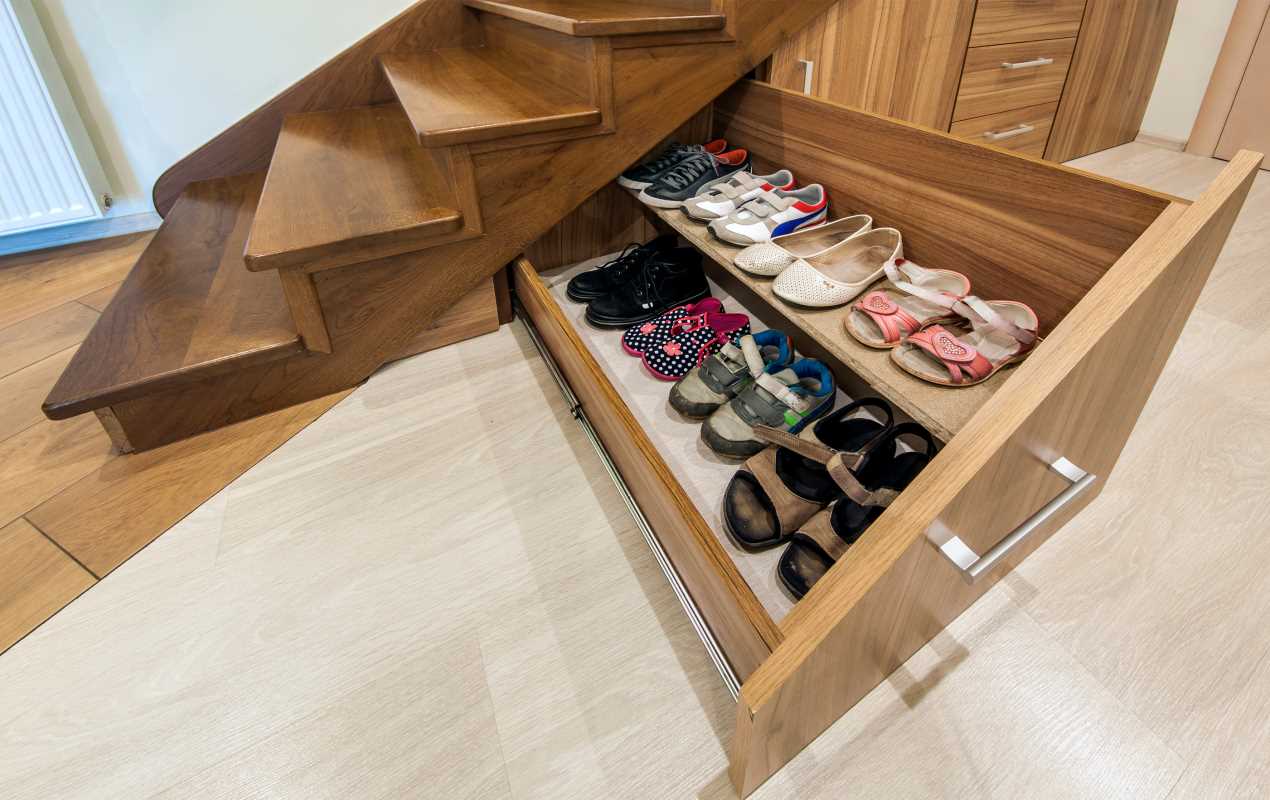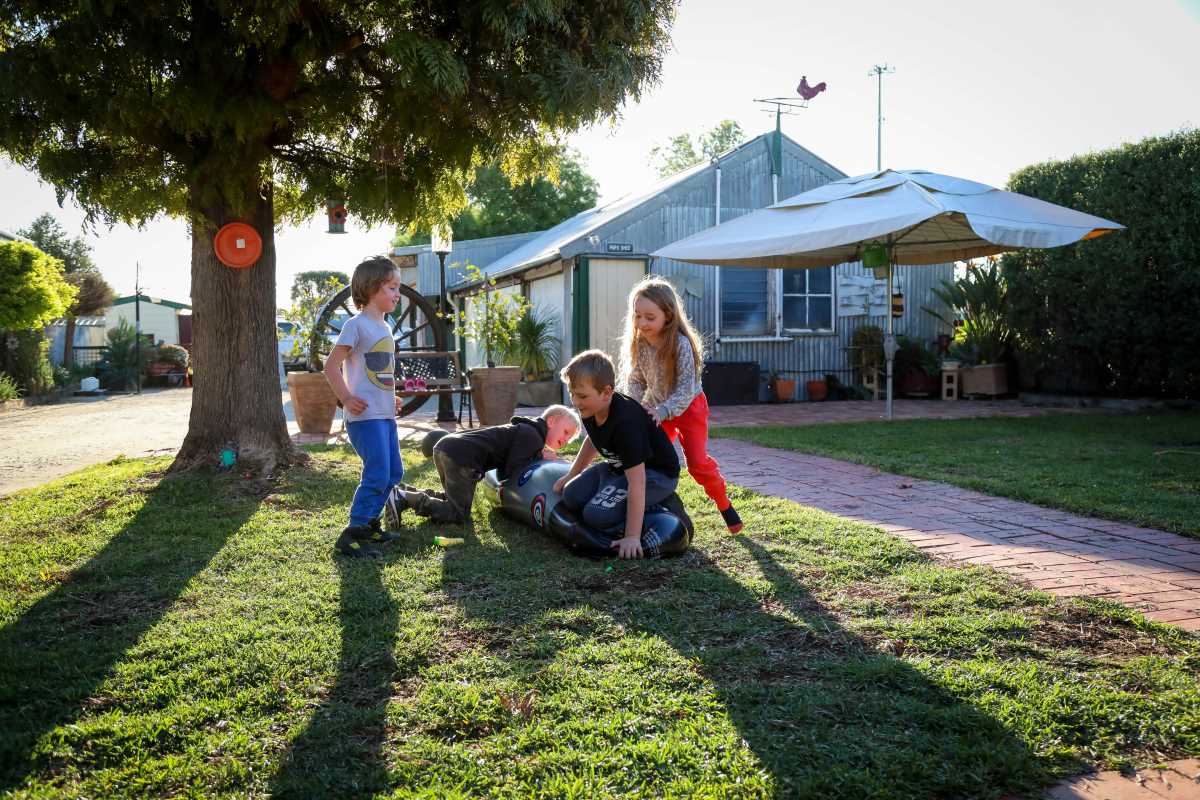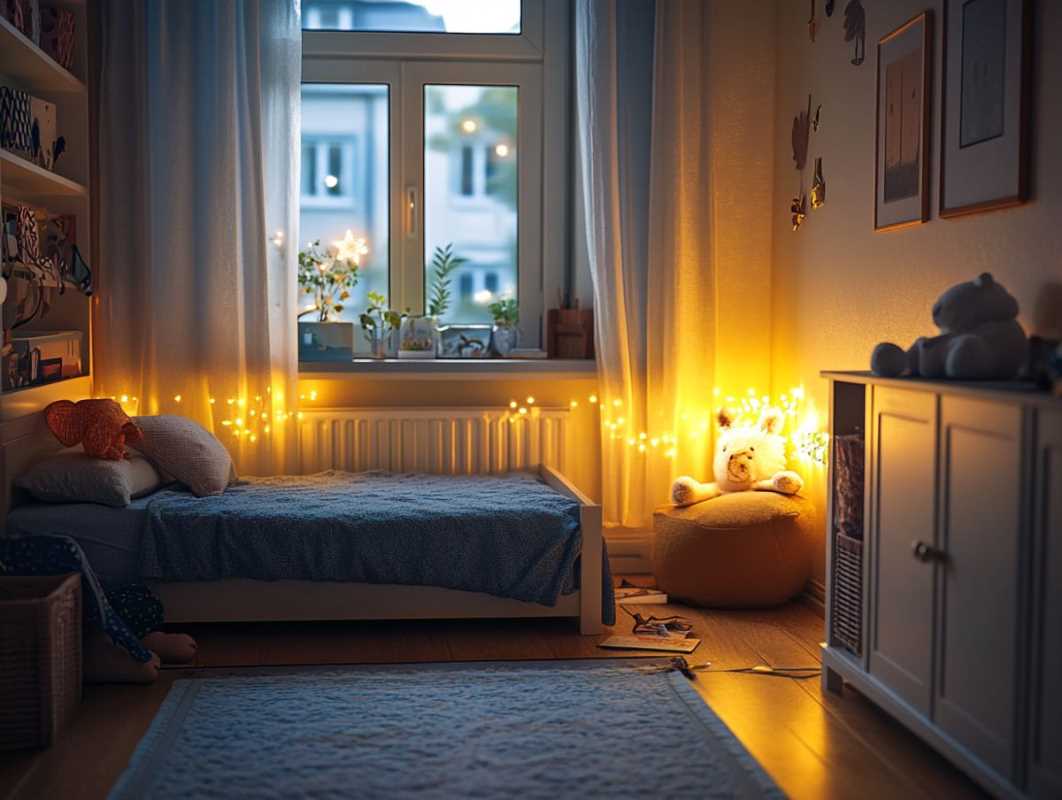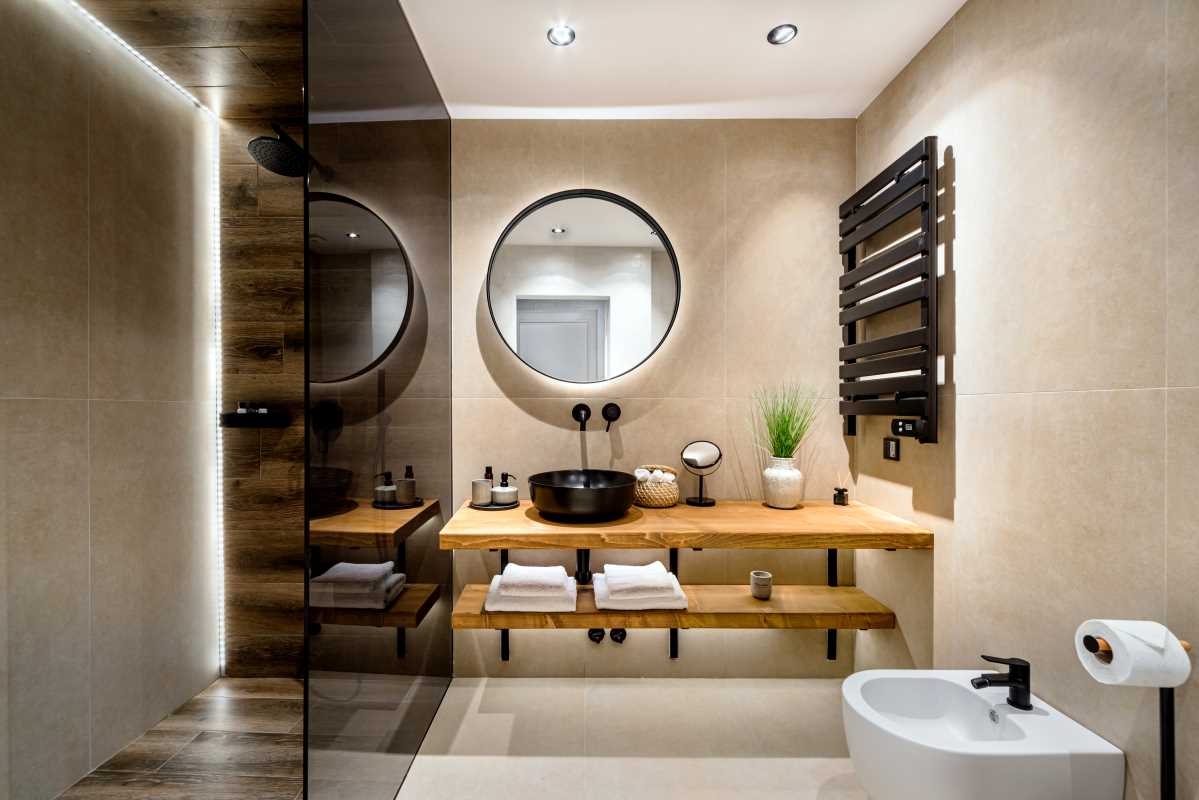Creating a spot in your home where all family members can easily keep track of upcoming activities, assignments, and meals helps everyone stay on the same page. Setting up a dedicated organization area encourages clear communication and makes it much easier to coordinate busy routines. When calendars, reminders, and important notes are all in one place, you can avoid the last-minute rush and confusion that often comes with managing multiple schedules. Even small changes, like adding a whiteboard or a bulletin board, can turn a cluttered corner into a helpful hub that brings a sense of order and calm to your daily life.
This approach clarifies hectic days, making responsibilities and appointments clear at a glance. It also helps ensure that no one misses an important event, whether it’s a school meeting or a weekend outing.
What Is a Family Command Hub?
A Family Command Hub is a central area that holds schedules, responsibilities, and reminders all in one visible space. It becomes a common meeting point for organizing the day-to-day happenings of everyone in the household.
Here are the main features that make a Family Command Hub indispensable:
- Display a central calendar showing important dates and appointments.
- Designate spots for personal items such as keys, school bags, and sports gear.
- Include a section for daily goals and reminders to keep everyone informed.
- Provide space for to-do lists, menus, and planning notes to avoid last-minute confusion.
- Design an easy-to-update visual layout for quick reference.
Assess Your Family’s Needs
Before setting up your hub, observe what kind of information needs to be shared every day. Sit down together and discuss which parts of daily life could benefit most from centralizing information.
Think about these points when evaluating your household’s needs:
- Identify key schedules, such as meal planning, homework assignments, and extracurricular activities.
- Think about any recurring reminders like library book returns or bill due dates.
- Choose whether a paper-based display suits your home or if a digital solution works better.
- Plan for storing small everyday items like keys and wallets so the hub also serves as a catch-all station.
Select the Best Location and Tools
A central spot in the home works best to create a command area. Pick a location that everyone uses often and can access easily. Hallways, kitchens, or entryways typically serve as ideal spots since they are part of daily routines.
When choosing a location, consider the tools you'll need. Use a whiteboard or chalkboard for flexibility, and add colorful magnets, sticky notes, or customized printouts to personalize it. Feel free to experiment until you find what works best for your household.
Build Your Hub: Step-by-Step Instructions
Gather all necessary supplies and ask everyone who will use the hub for input. A well-organized space sets the tone for an effective system.
The process can be broken down into manageable tasks:
- Pick a wall or board in the chosen location that gets plenty of traffic.
- Decide on a layout: assign areas for calendars, notes, and reminder sections. Use colorful markers and labels to mark distinct zones.
- Write down important dates and events on a large calendar, using erasable markers for flexibility.
- Create a section specifically for daily to-do lists and responsible tasks to ensure nothing slips through the cracks.
- Personalize the hub with doodles or favorite quotes to make it engaging and welcoming.
Keep the Hub Organized and Effective
Once you set up your command hub, make it part of your daily routine. Updating it regularly keeps it useful and ensures everyone stays on the same page.
Use these simple tips to maintain it:
- Review the hub together at a set time each day to update events and adjust the to-do list.
- Replace outdated notes and refresh the calendar at the start of each week to keep it current.
- Encourage everyone to add their upcoming tasks and responsibilities so the space remains collaborative.
- Schedule regular "clean-up" days to tidy clutter and reorganize items for easy access.
This central system not only simplifies daily planning but also encourages shared responsibility. The personal touches help everyone stick with the routine and create a small hub of order amidst the usual daily hustle.
This space quietly streamlines your home, making each day more organized and rewarding.
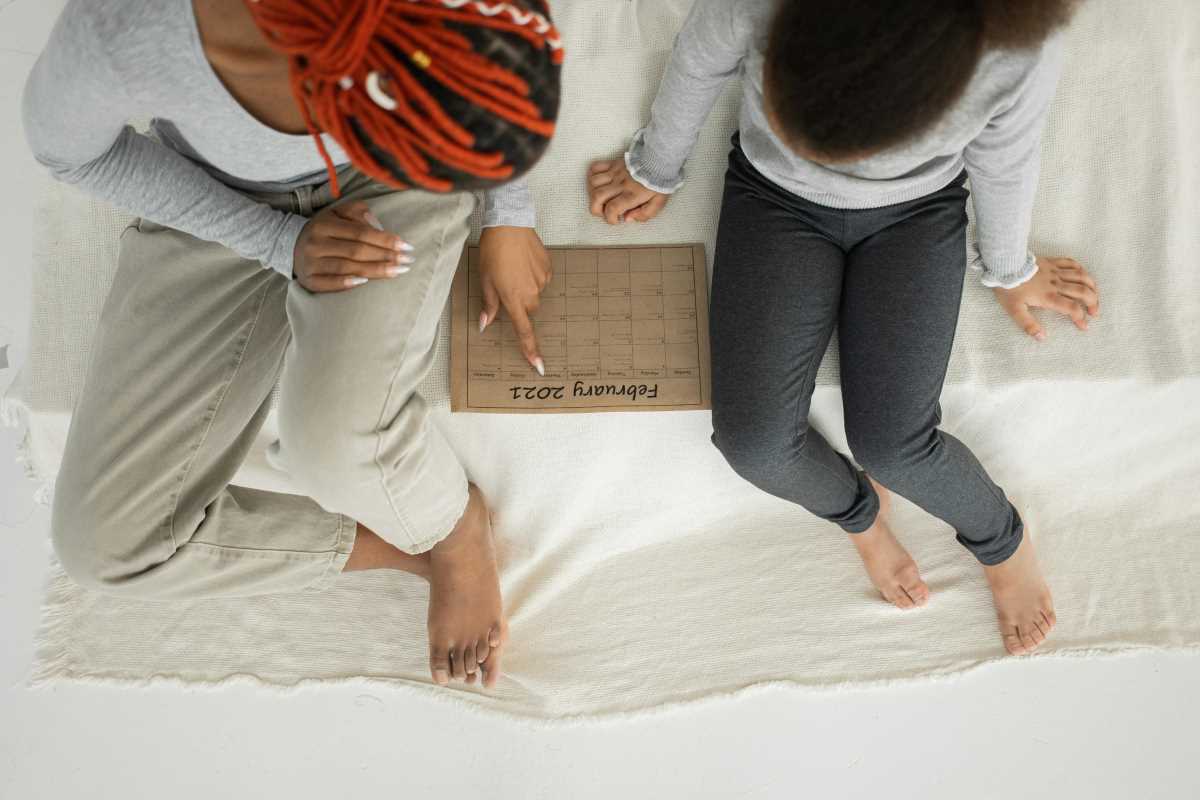 (Image via
(Image via
